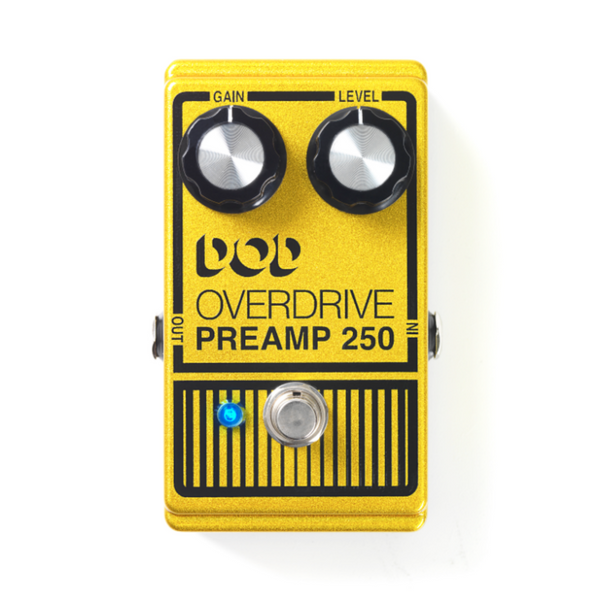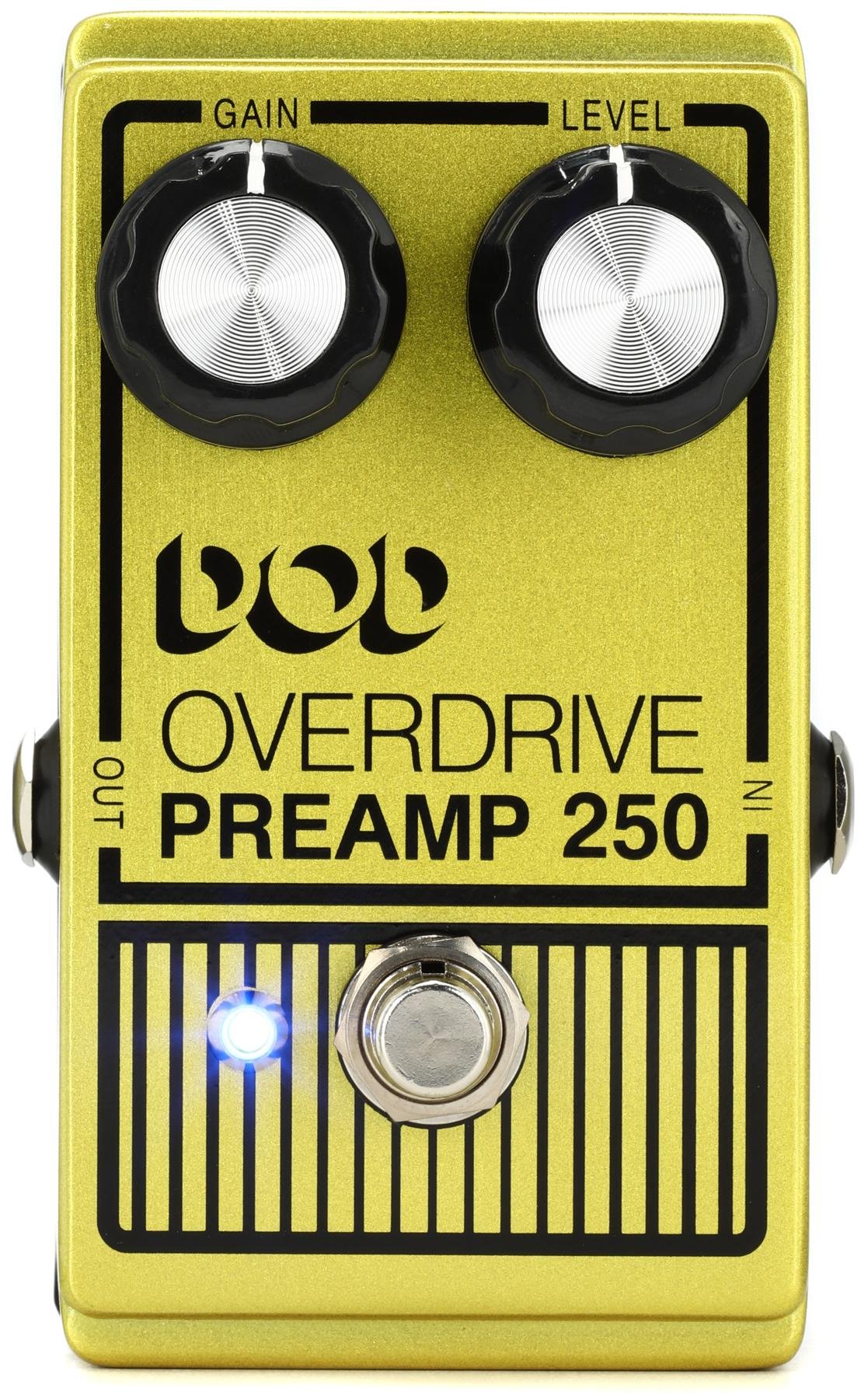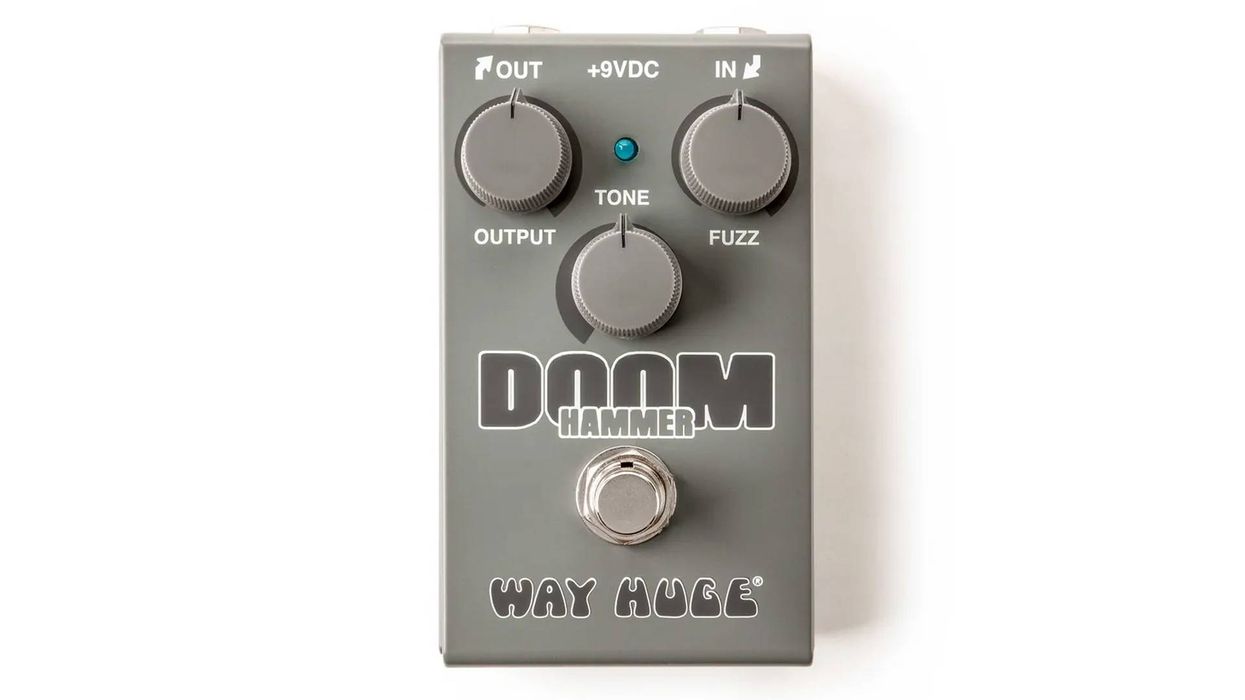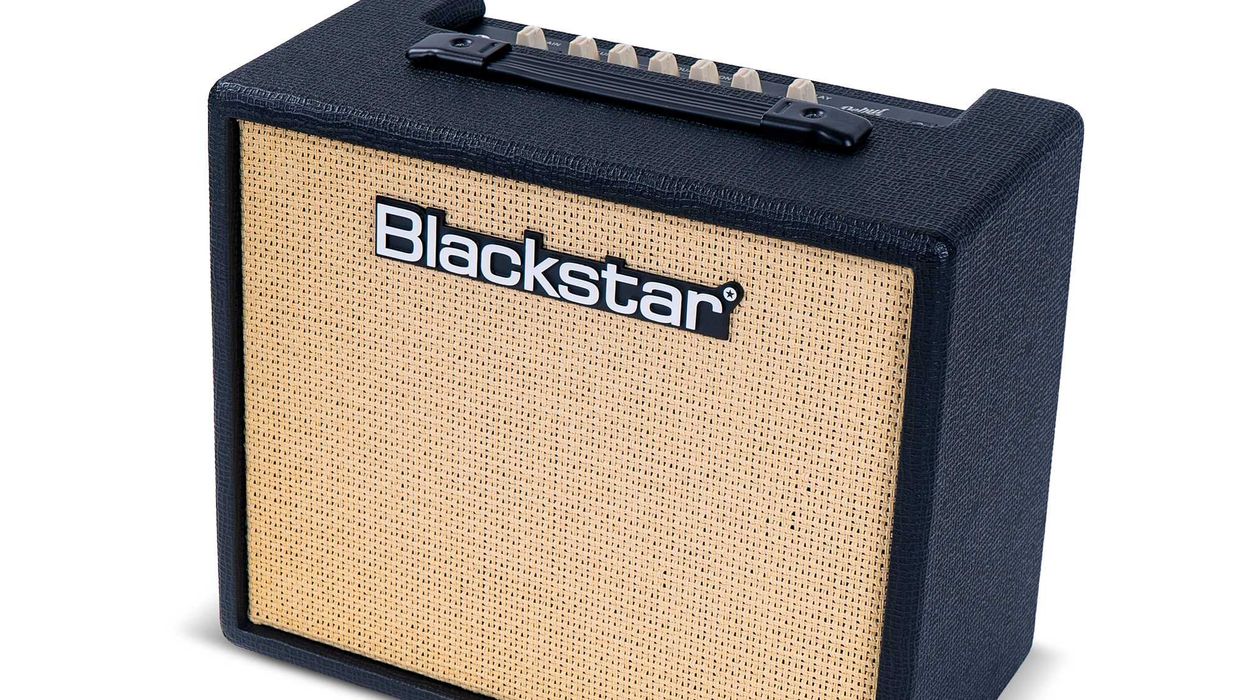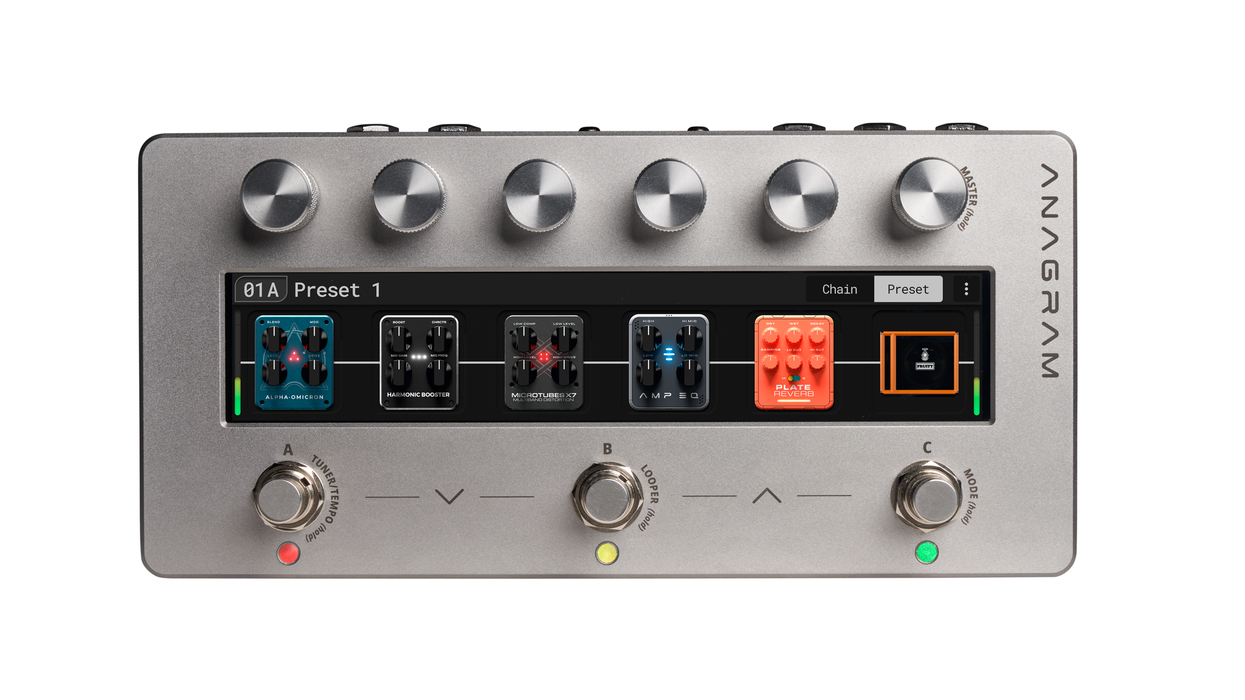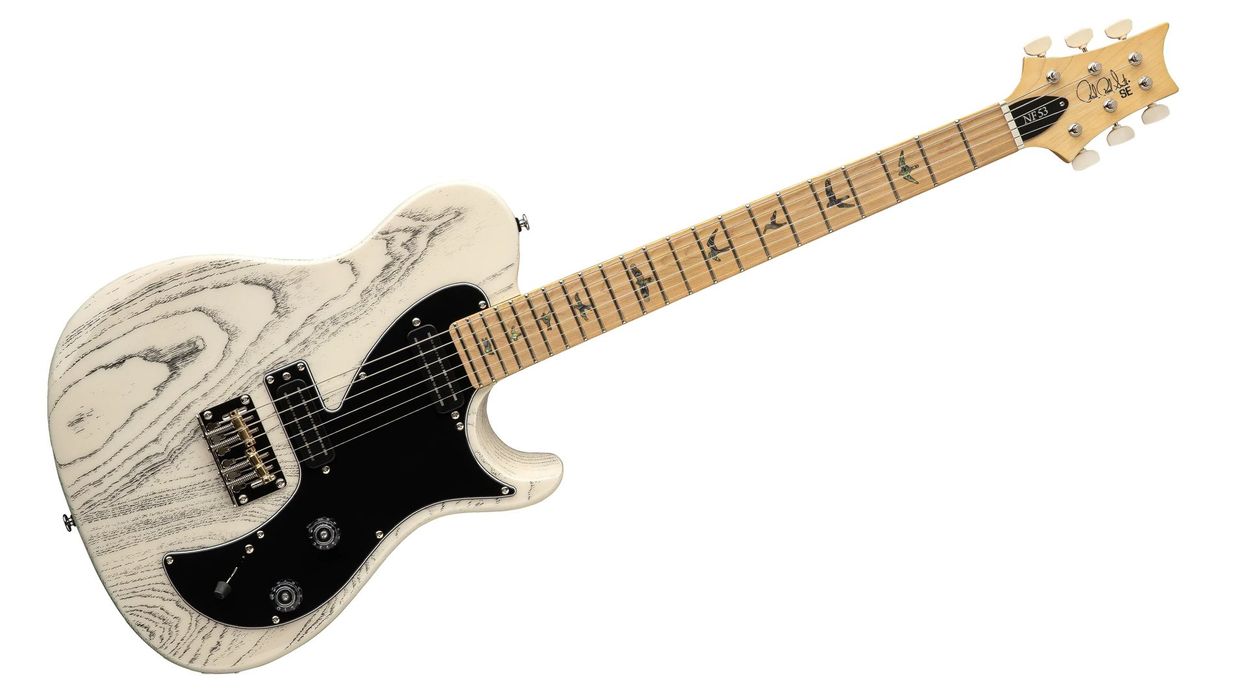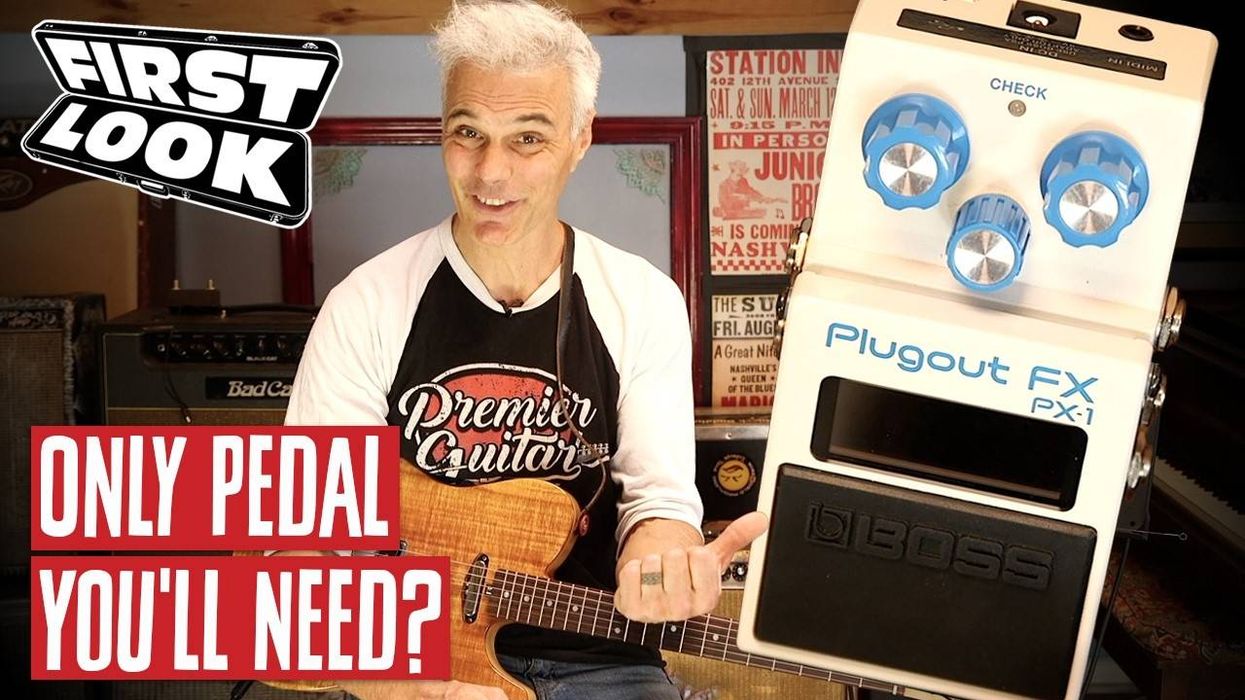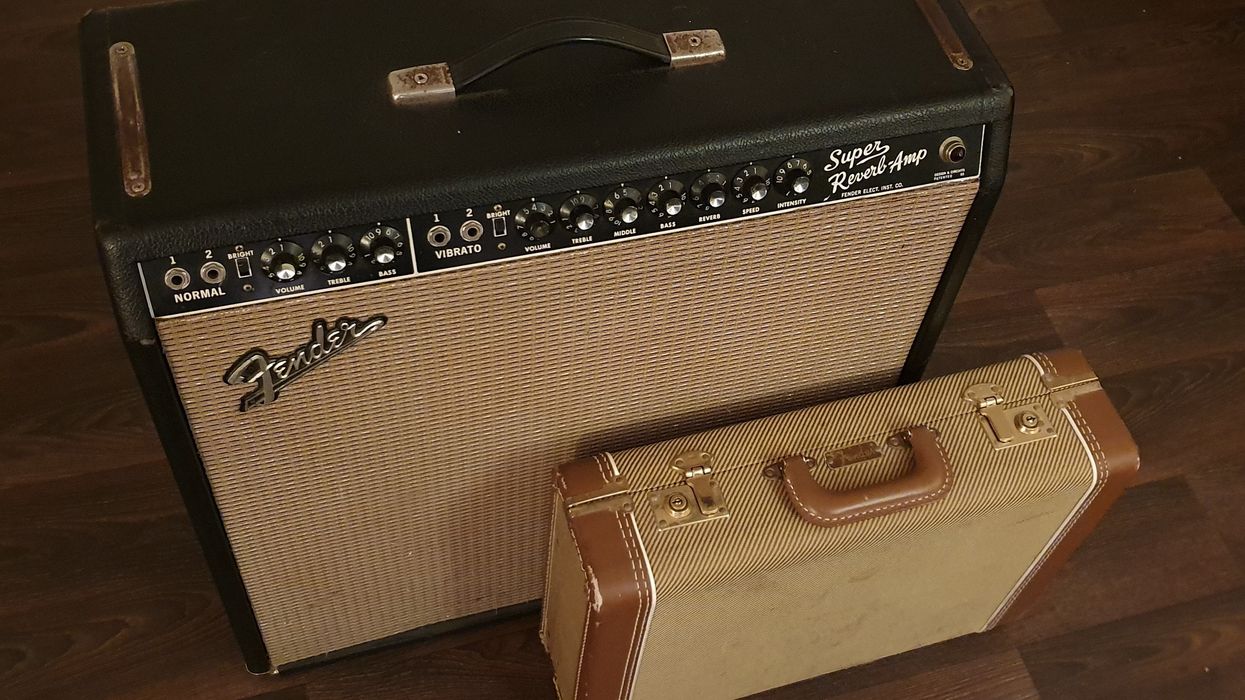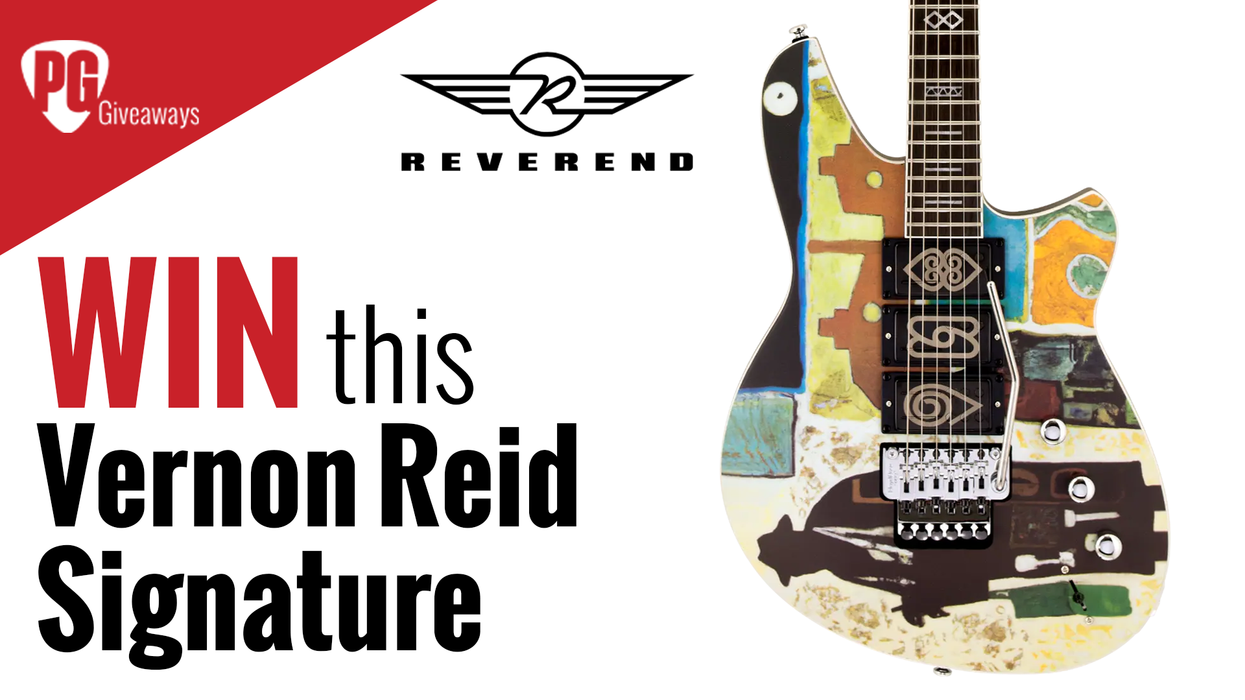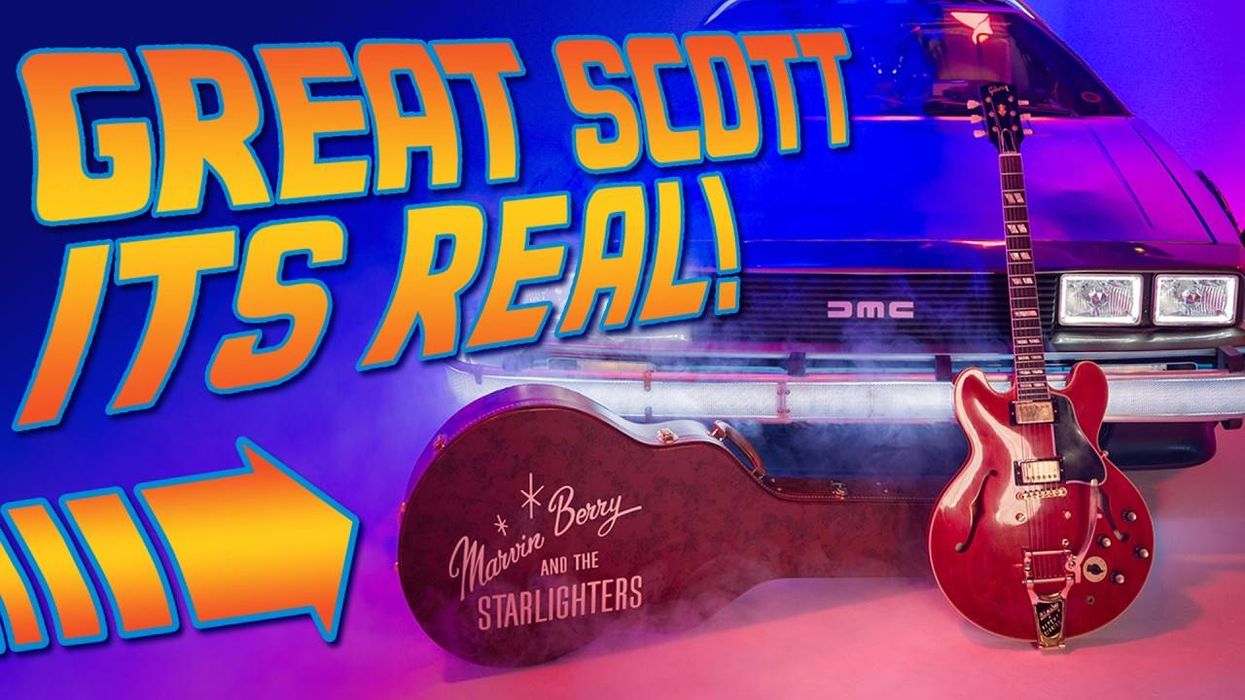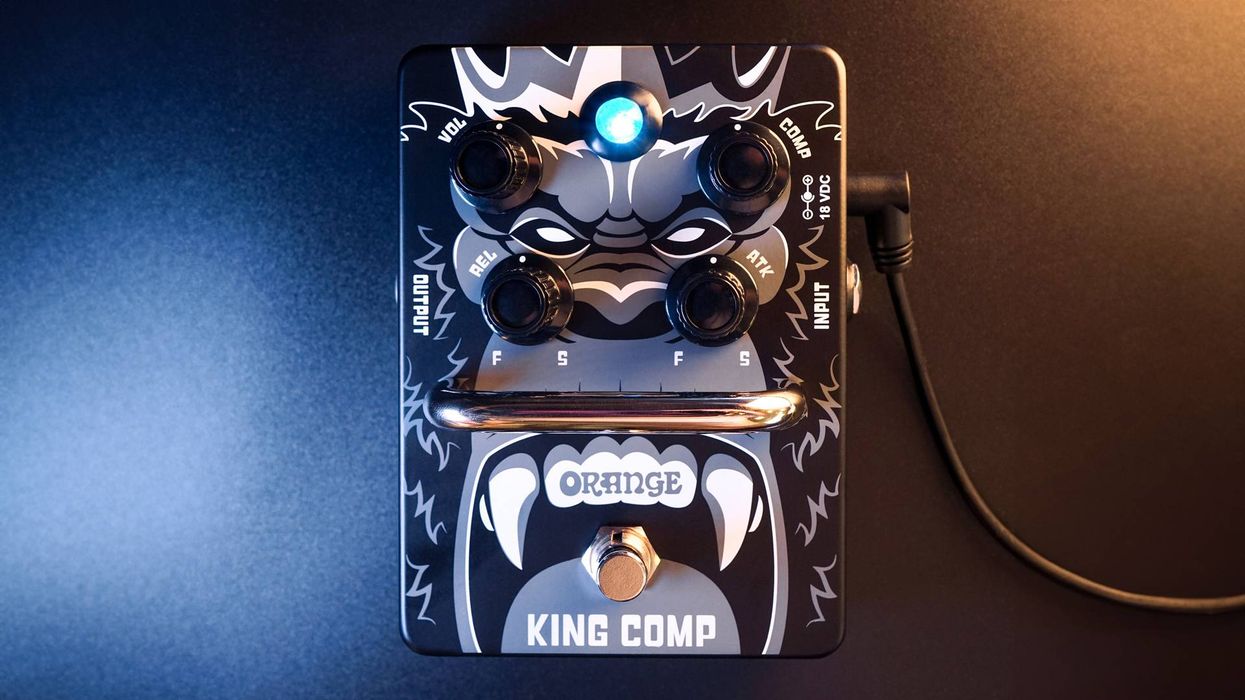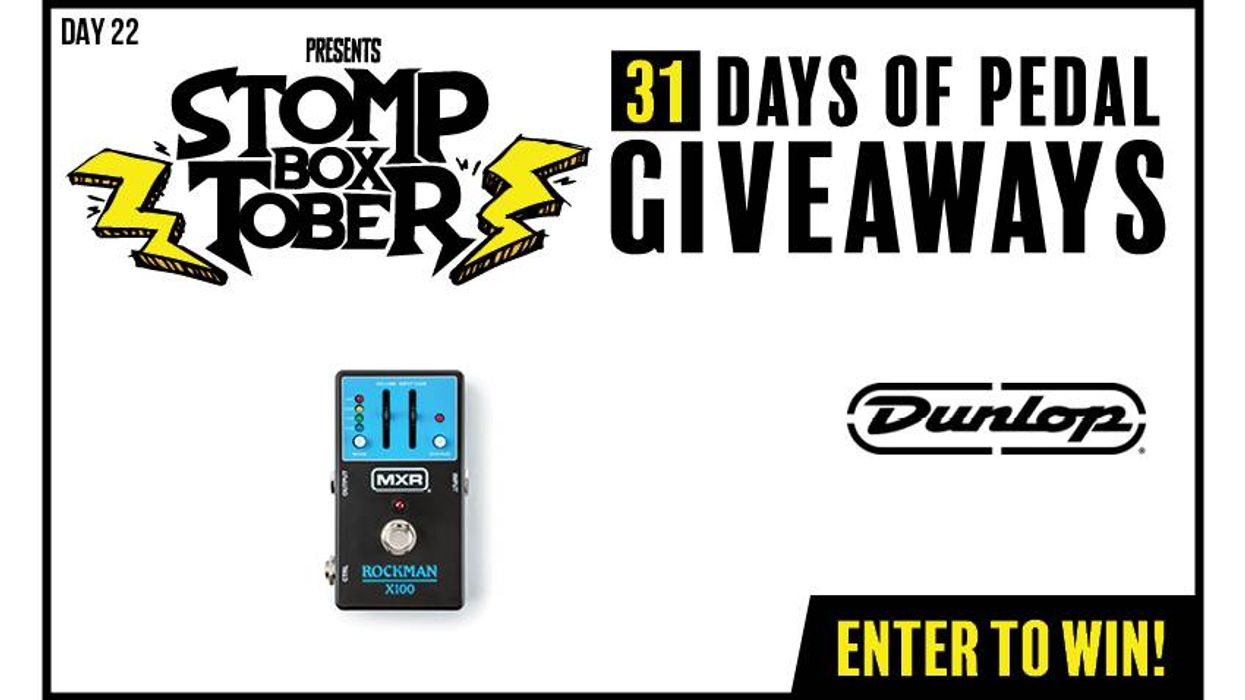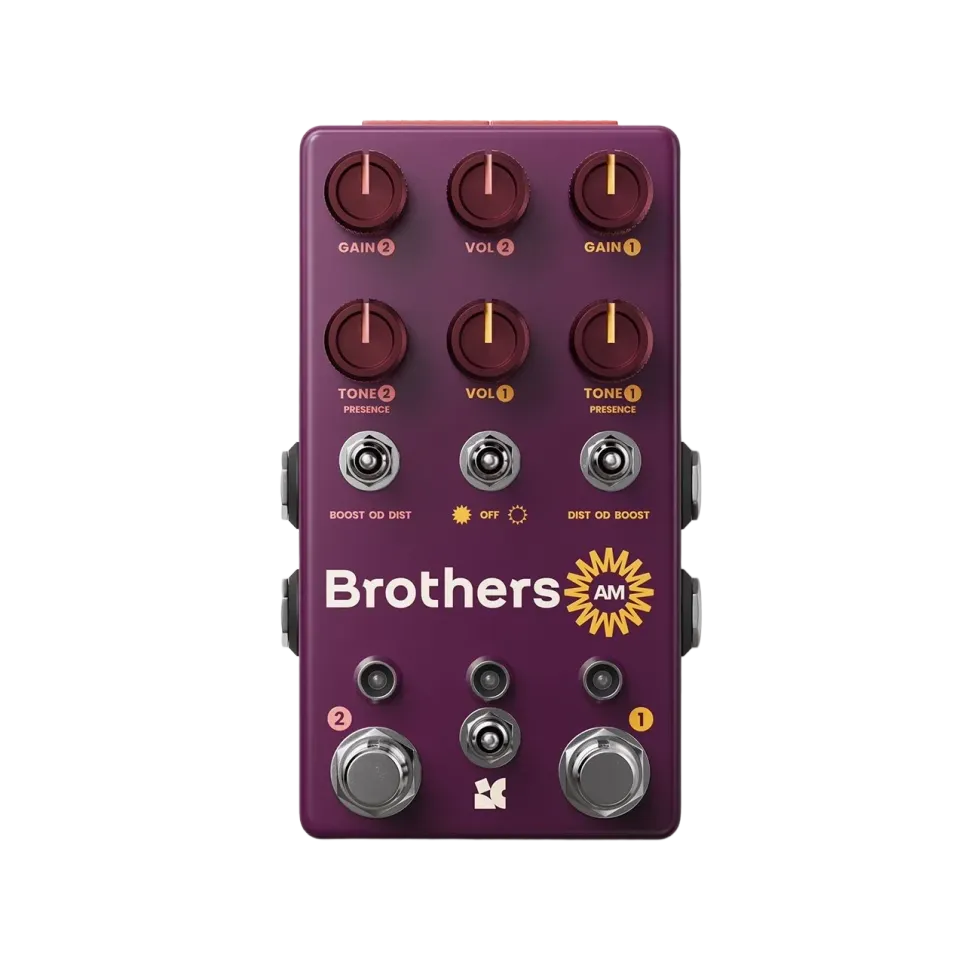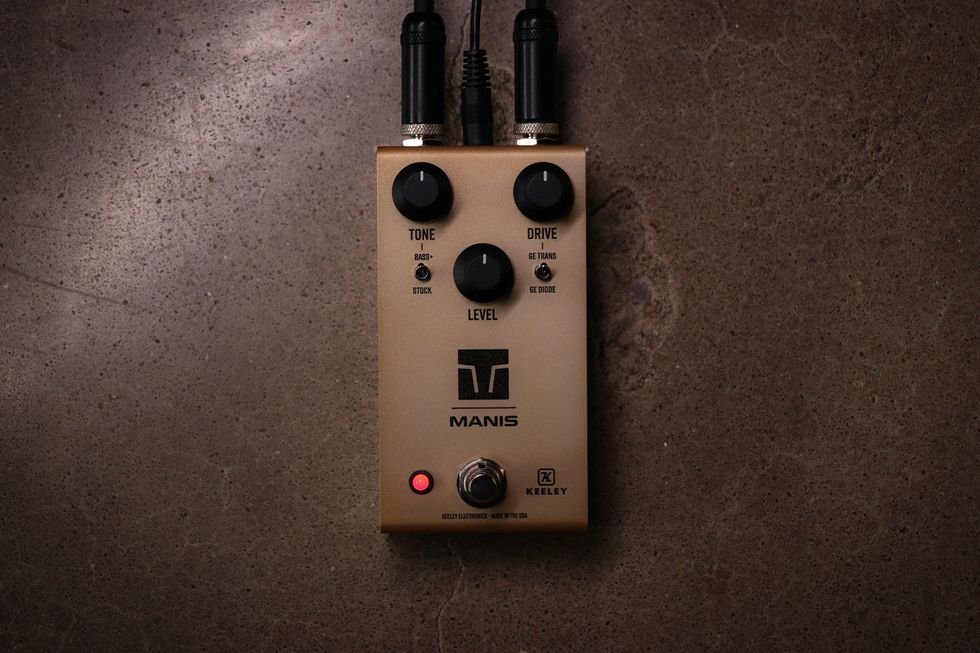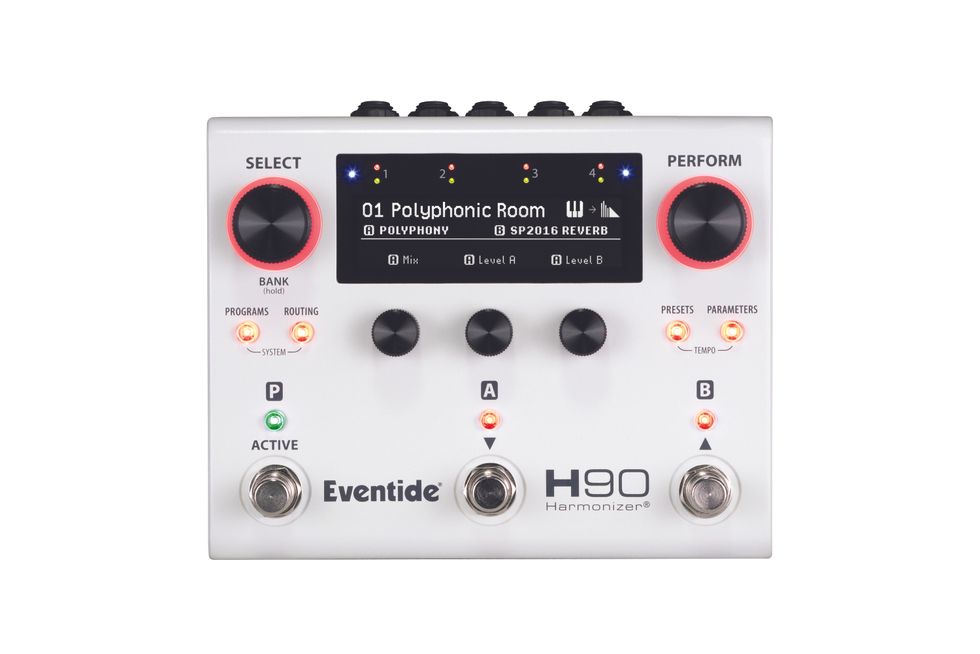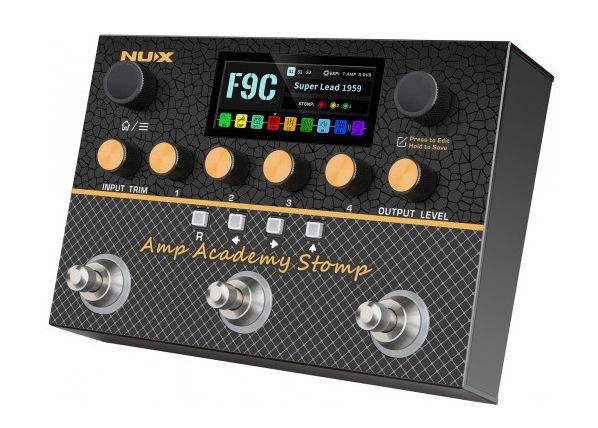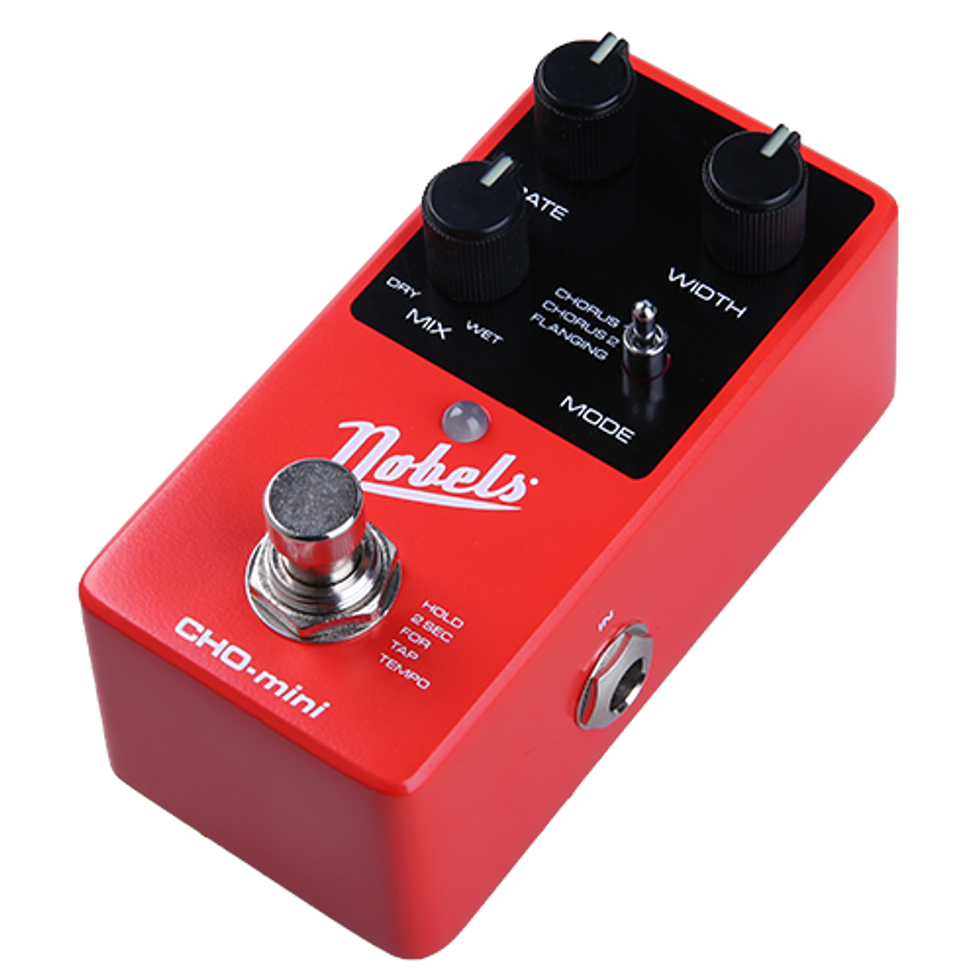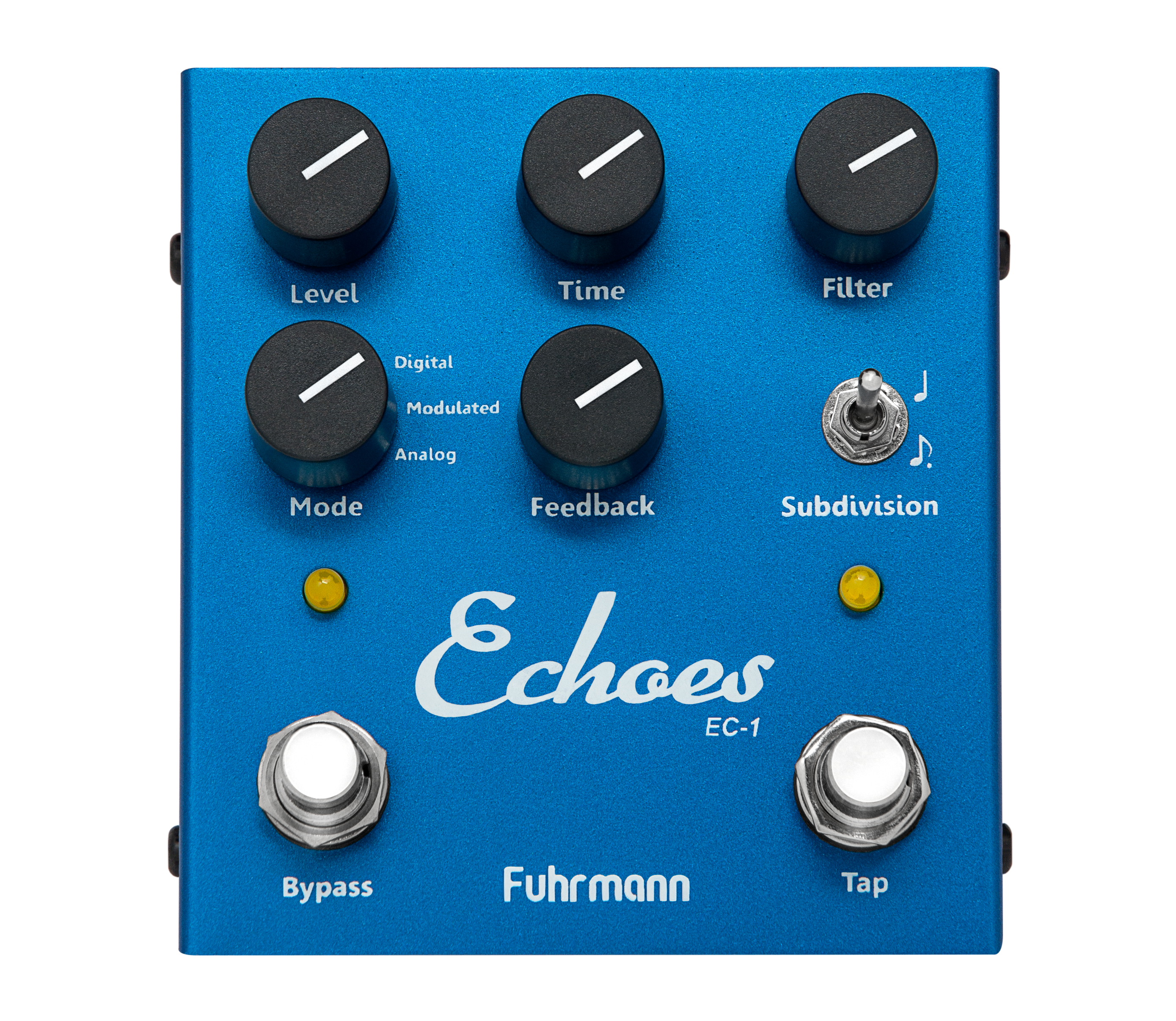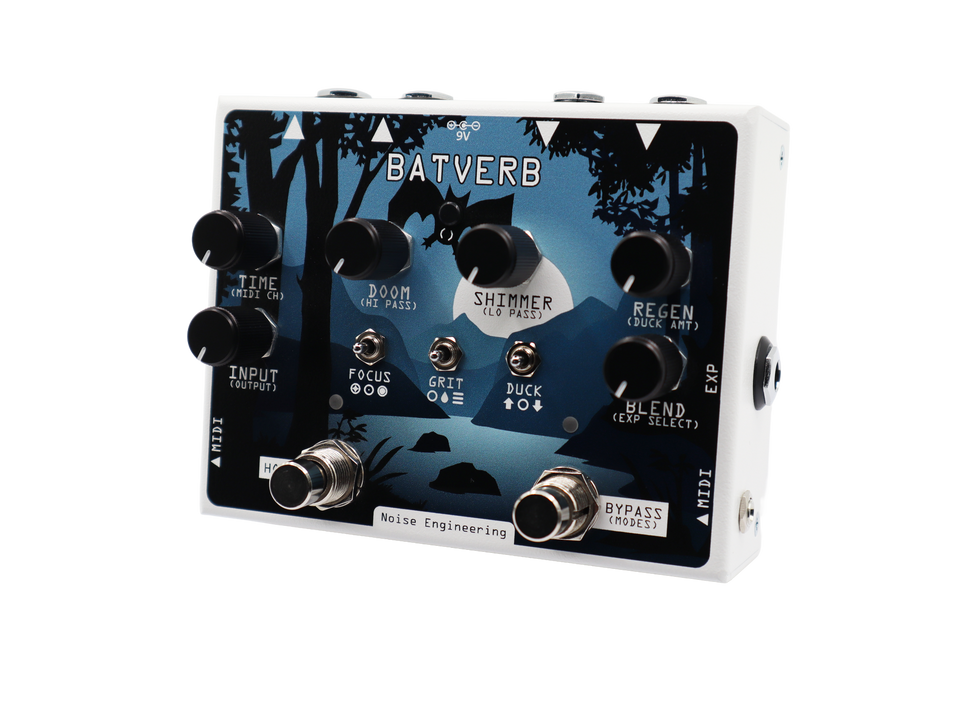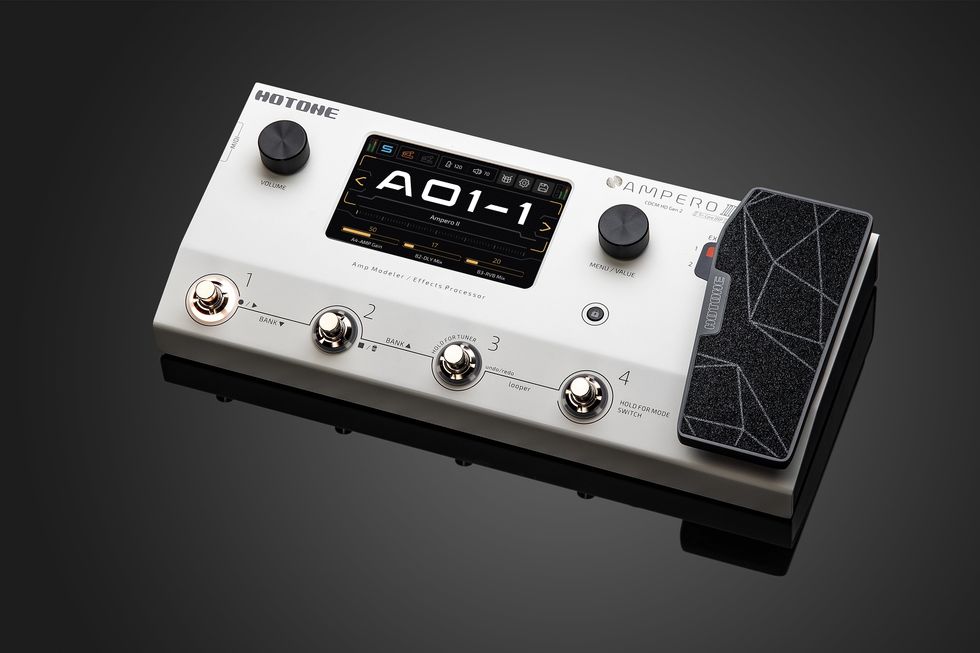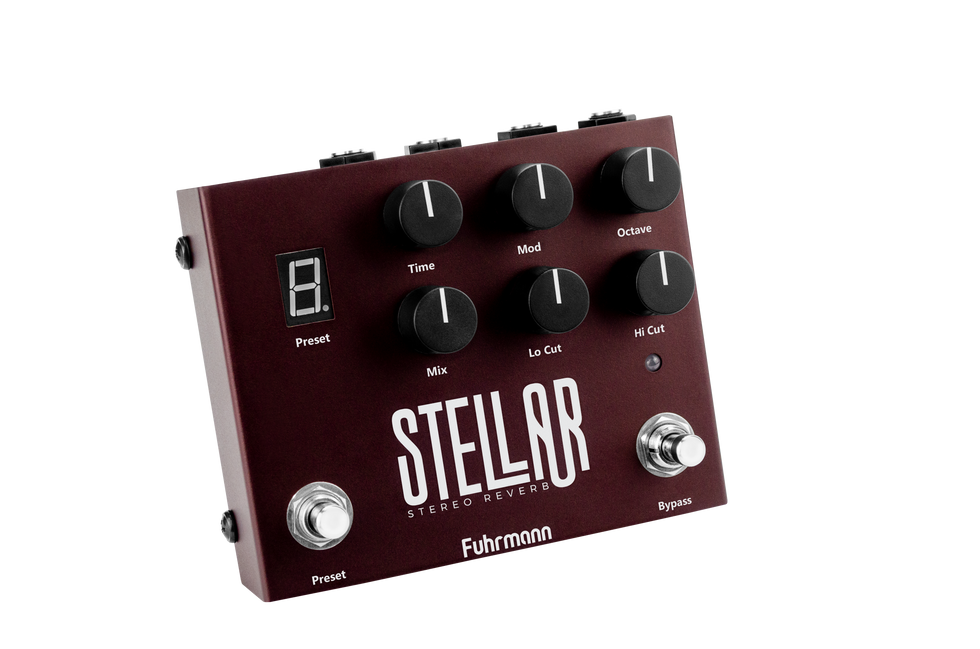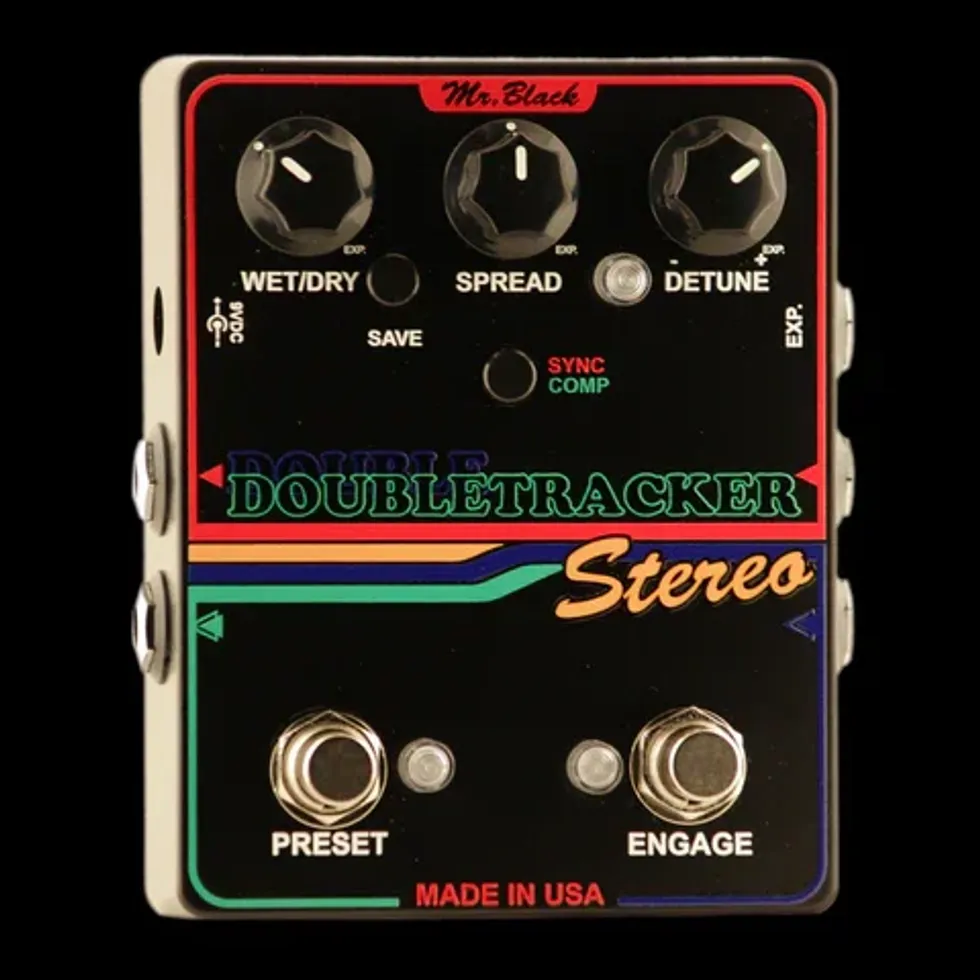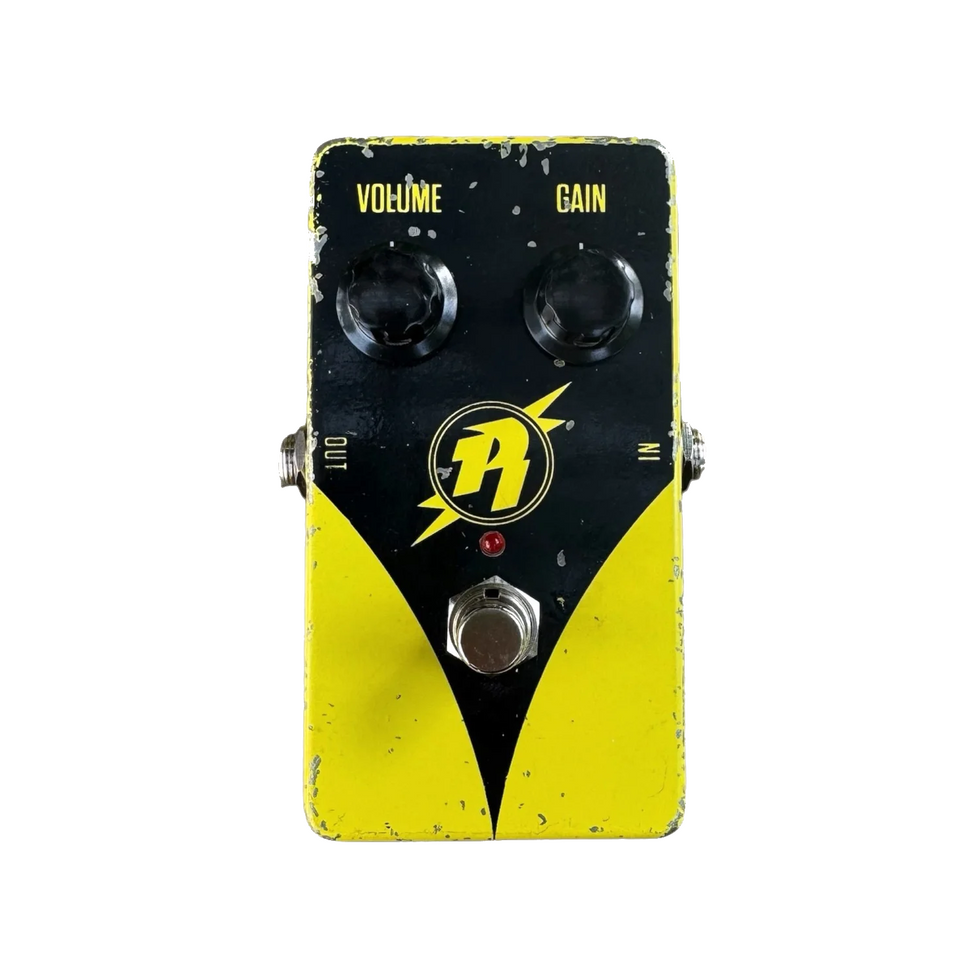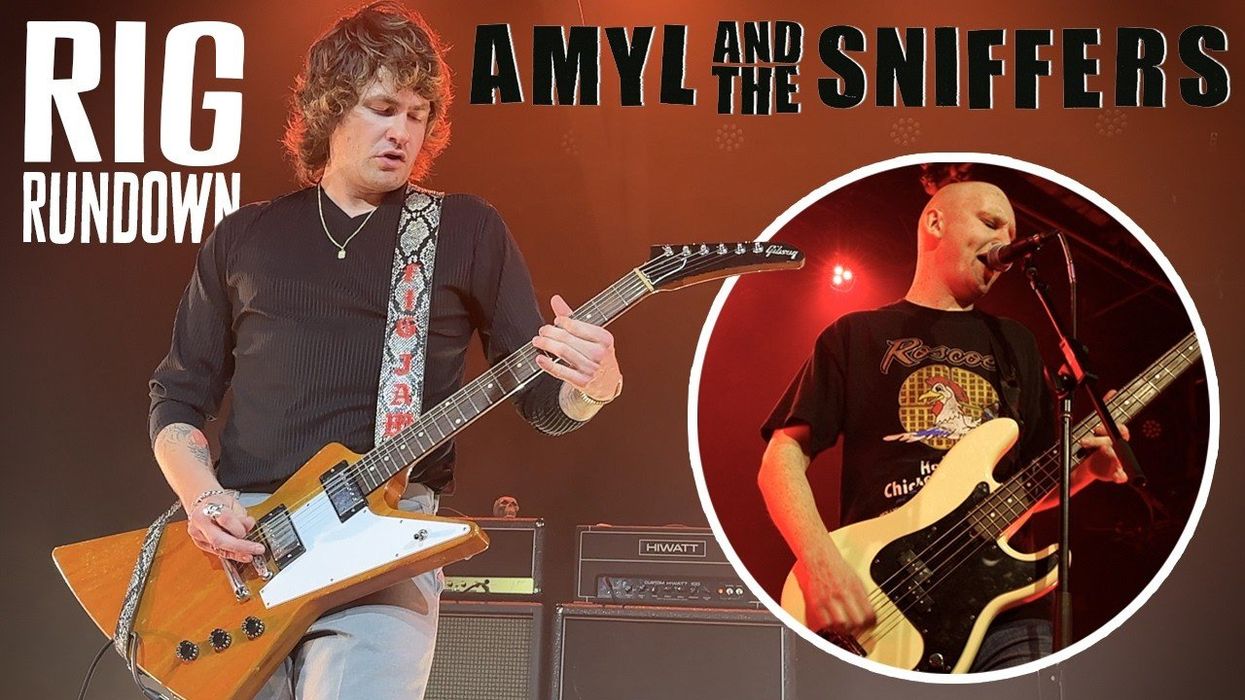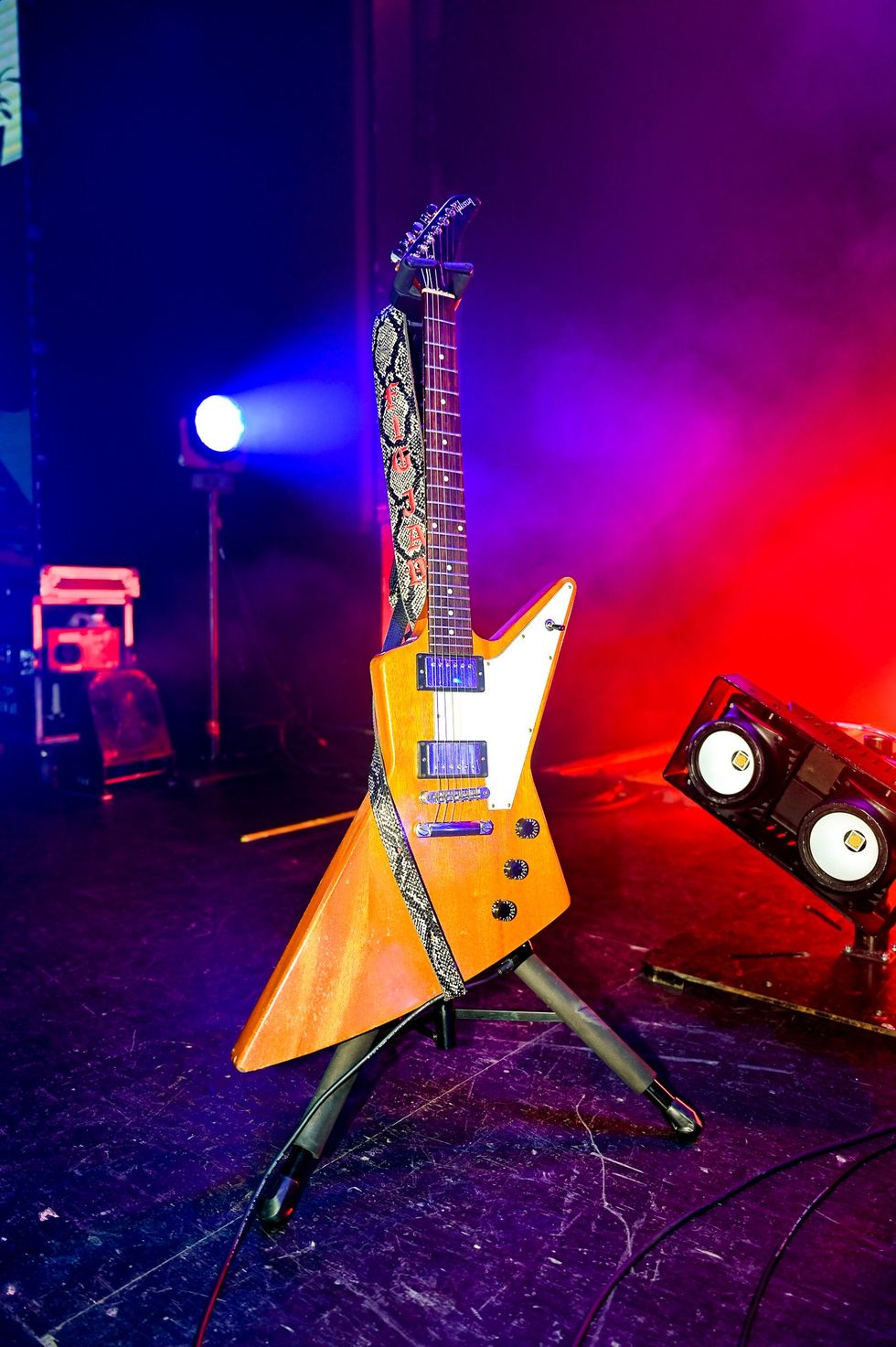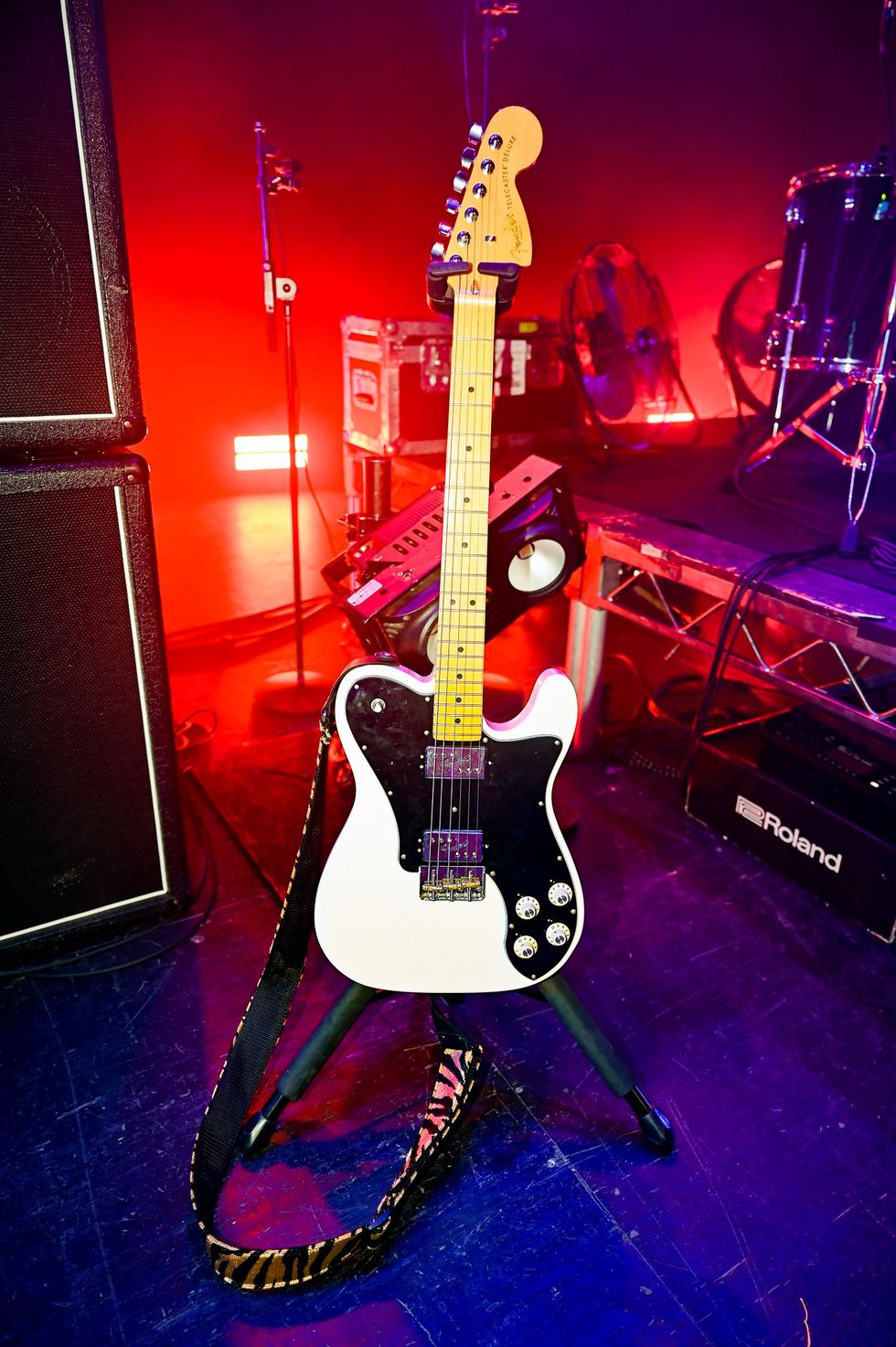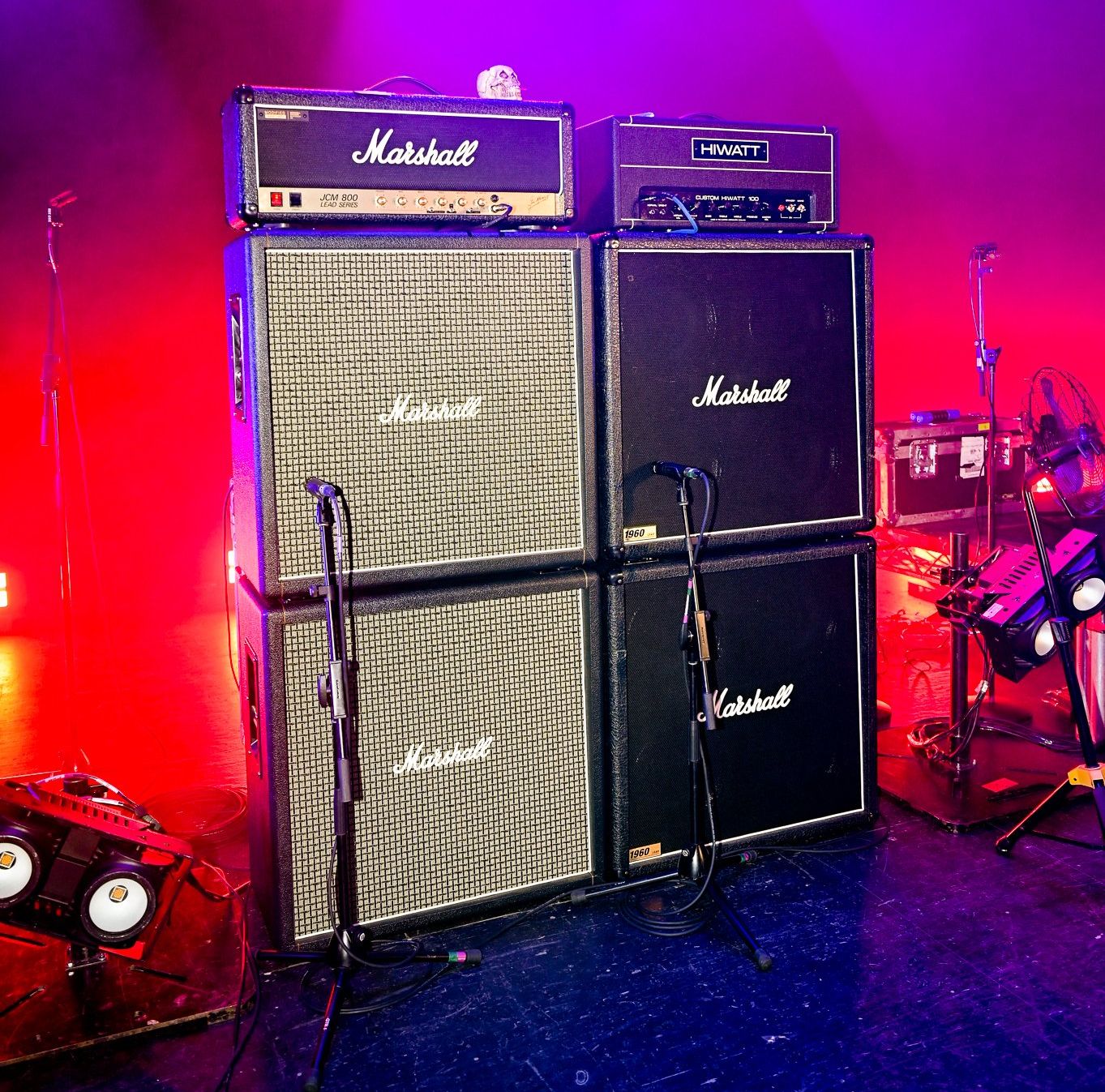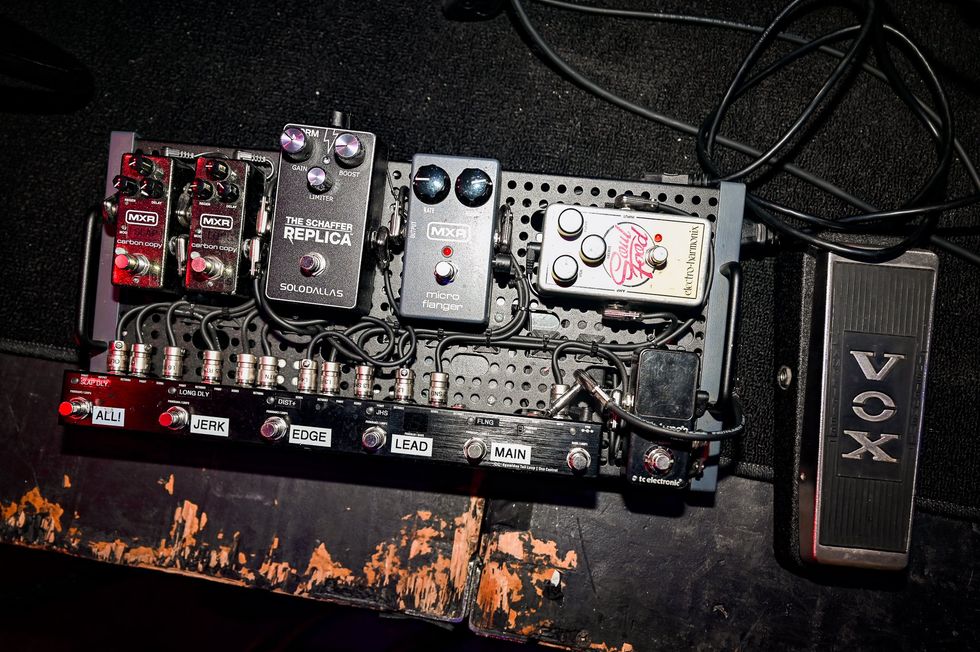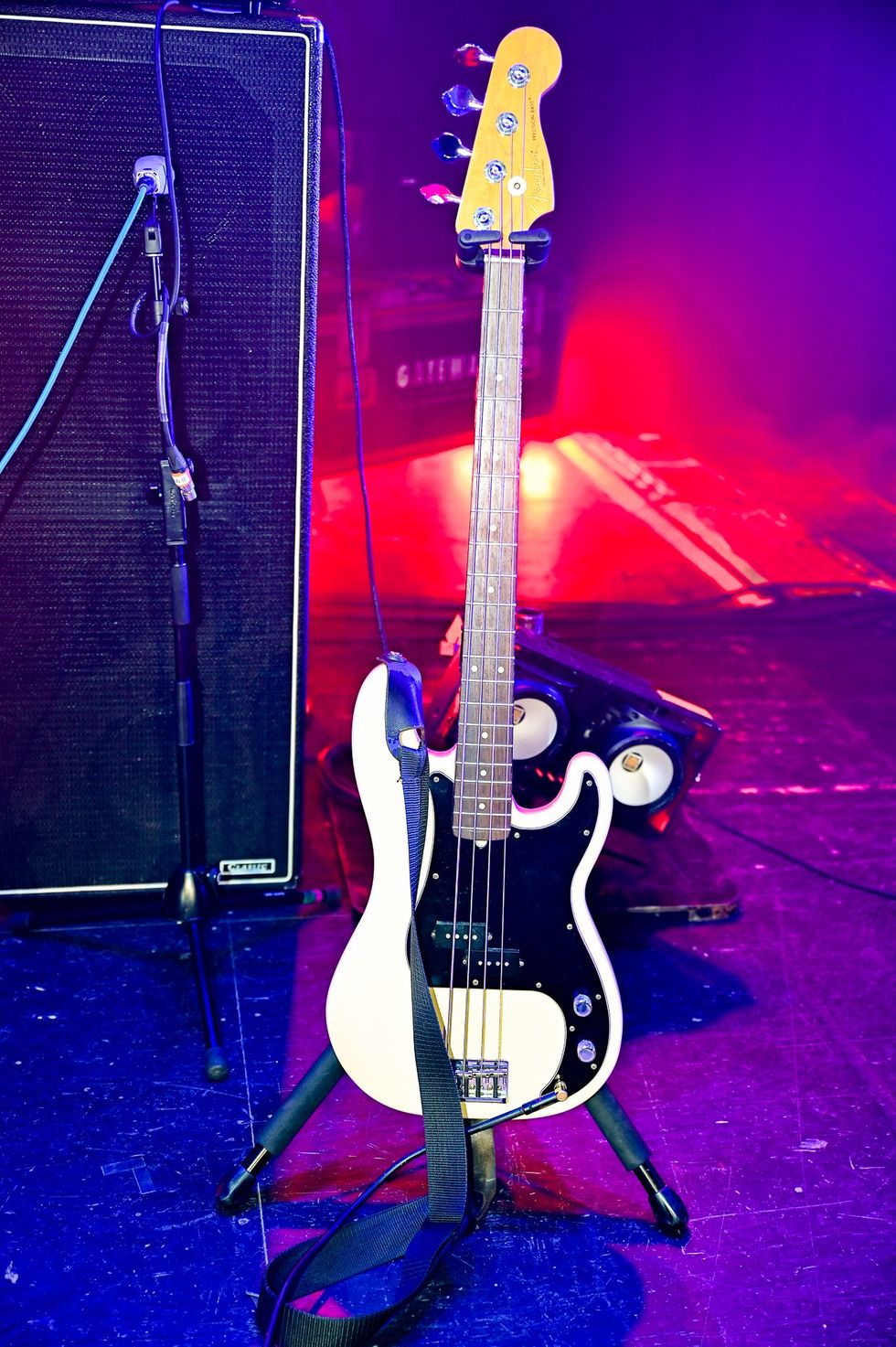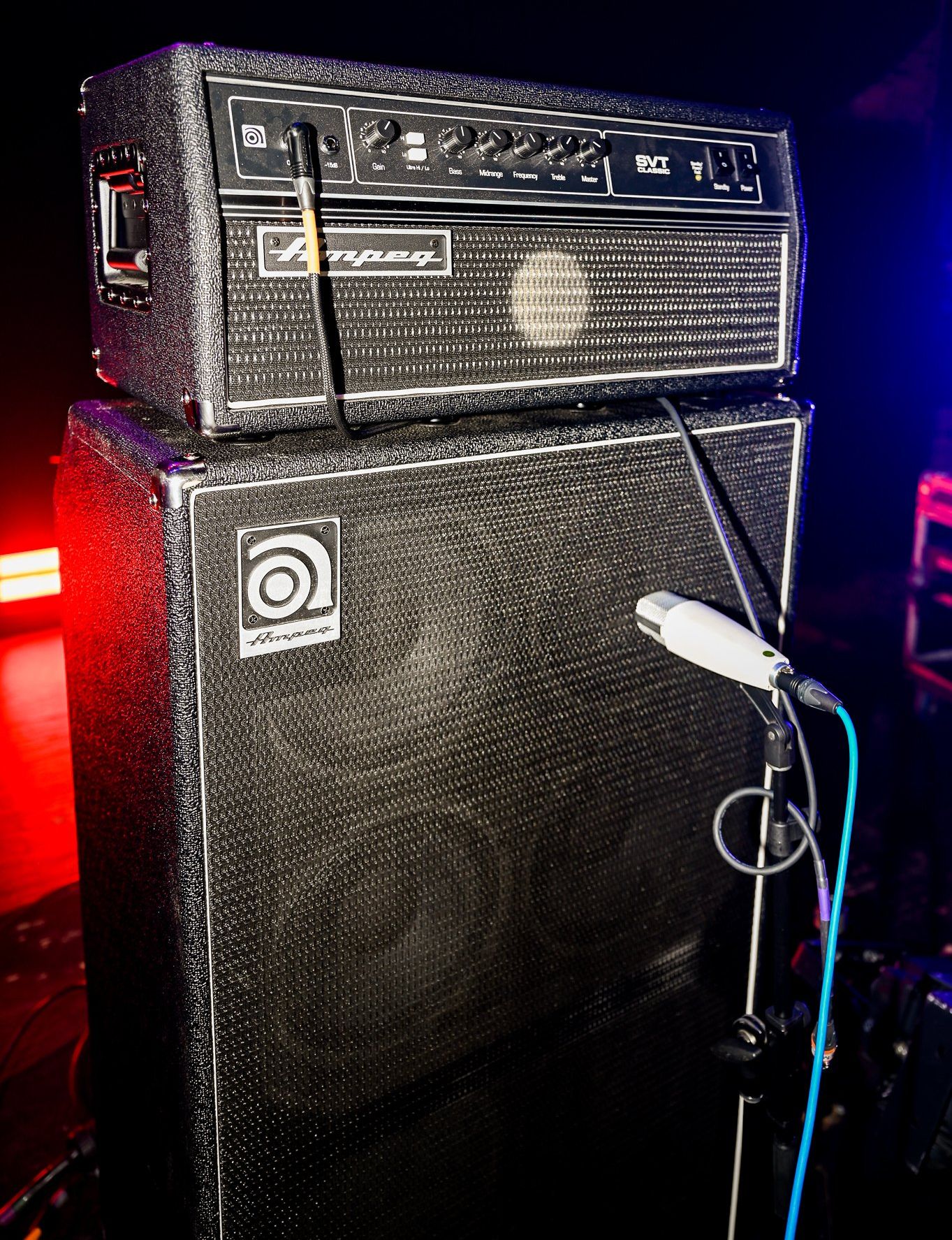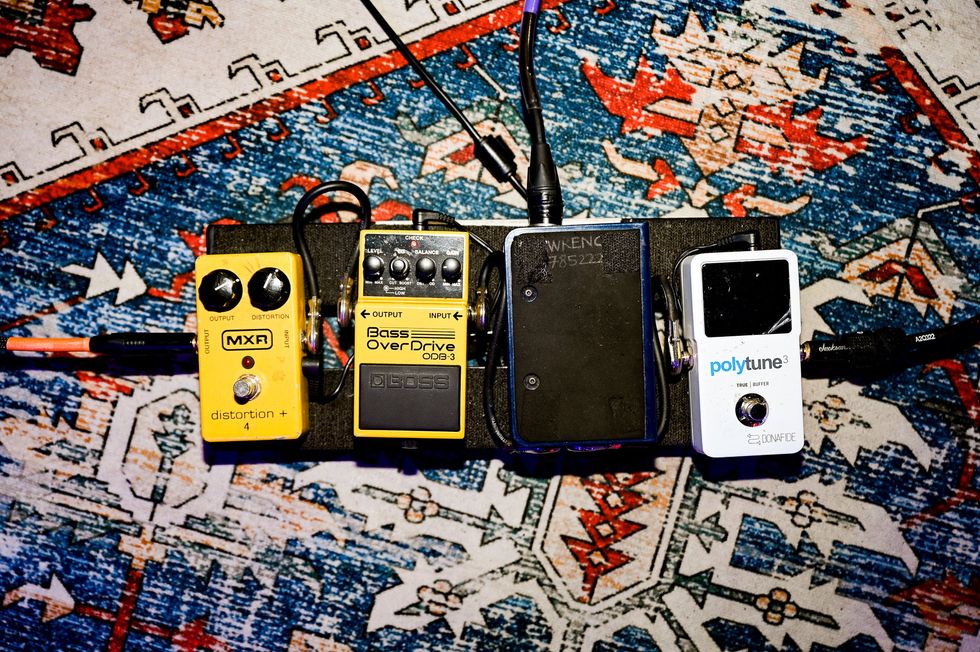The cult of the DOD Overdrive Preamp 250 reminds me a little of my car-fiend friends who adore ’60s Dodge Darts, Ford Falcons, and Chevy Novas. Just like those no-frills rides, there is something beautifully utilitarian and enduring about the 250. There are certainly more flexible drive pedals, and definitely more glamorous ones, but as the prices for vintage 250s attest (they often go for many hundreds of dollars), there is abundant musical value and possibility in this straight-ahead source of low-to-medium-gain drive. Having an affordable version available to the rest of us is a wonderful thing.
Much is made of the DOD 250’s very direct relation to MXR’s Distortion +. But while the circuits have much in common, I tend to find the DOD 250 more open and airy—particularly in the low-gain zones where it shines brightest. It’s also in these not-too-dirty regions that the DOD 250’s “preamp” designation makes the most sense. When you keep the gain level just about anywhere left of noon, the DOD adds a beautiful touch of body and sparkle to any tone equation. Just to be perverse, I hooked up a Fender Jaguar—with the bass-strangle switch engaged—to a somewhat lifeless tube amp, and it was astonishing to hear how it brought that otherwise thin-and-tinny-sounding combination to life. In healthier guitar/amp combos, the 250’s capacity to summon extra dimension, mass, and color is no less impressive—particularly when you set an amp up at the brink of distortion. High-gain applications are less flattering. Here, the 250 can sound a touch raspy—particularly with single-coils. But if low-gain drive tones and value are top priorities, this revisitation of a DOD legend is a killer deal indeed.
